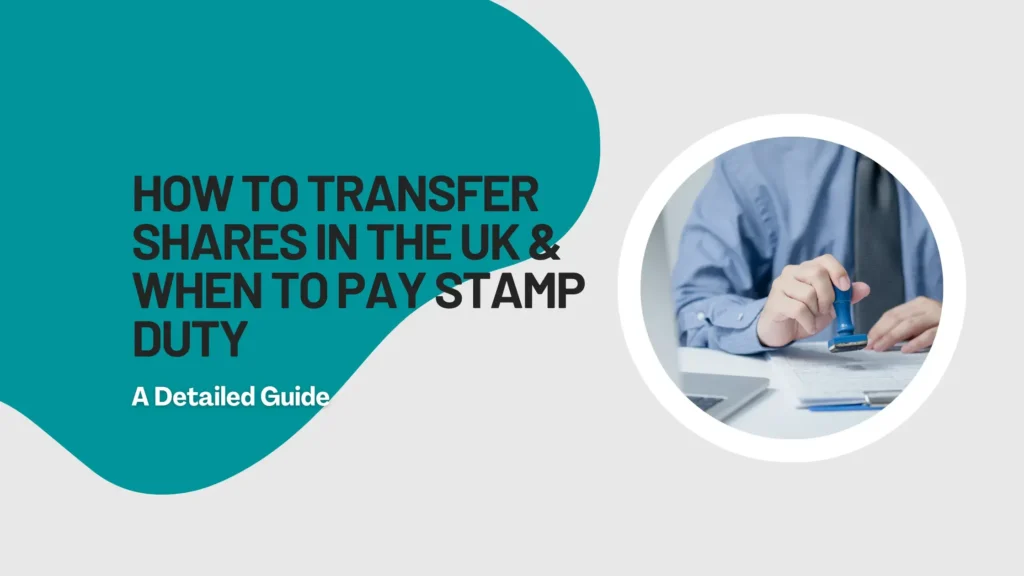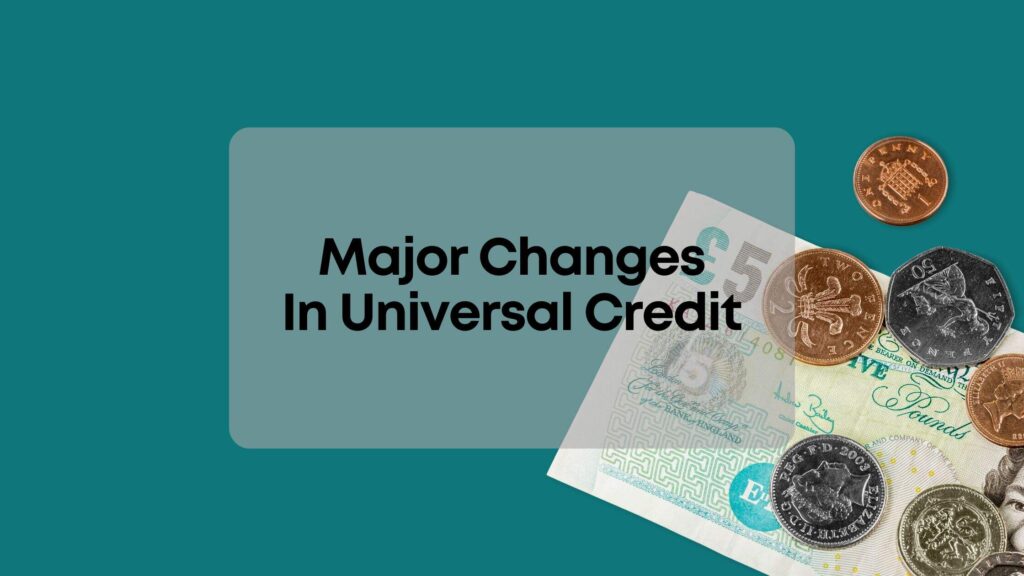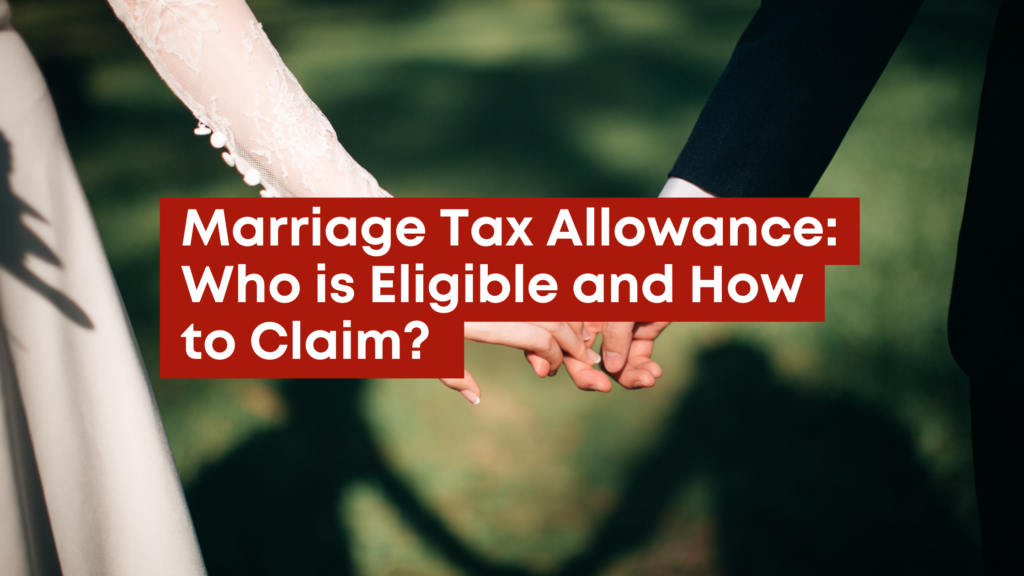Transferring shares in the UK can be straightforward. After completing a stock transfer form and having it stamped by HMRC, you can update shareholder details using the Companies House online service. But it’s crucial to ensure that all necessary legal paperwork is completed and to check if any stamp duty is owed on the transfer. Stamp duty is paid when buying shares. The seller pays capital gains tax if they’re an individual while a company sells, the gain is included in corporation tax. Our guide will take you through everything you need to know about transferring shares and when to pay Stamp Duty.
Understanding Share Transfers in the UK
In simple terms, a share transfer involves changing the ownership of shares in a company. Shares are considered property, so they can be bought, sold, or gifted just like any other type of asset. In the UK, share transfers are common in private limited companies, especially when there’s a change in ownership, new partners are brought on board, or shares are passed on for tax or family reasons.
Why Do Share Transfers Happen?
There are various reasons for transferring shares in a company:
- Introducing New Shareholders: Often, a new partner, investor, or director is brought into a business, which may require transferring shares to them.
- Employee Profit Sharing: Sometimes business owners decide to offer shares to employees to reward them for their contribution.
- Tax Planning: Business owners may wish to transfer shares to family members or spouses for tax efficiency.
- Gift or Sale to Family: Shares may be transferred as gifts or inheritances, particularly within family businesses, as part of succession planning.
Before transferring shares, make sure there are no restrictions in a shareholder agreement. These agreements can limit share sales, such as preventing shares from being sold to competitors or leaving the family in a family-owned business.
The Stock Transfer Form: Key Documents for Share Transfers
Once you’ve decided to transfer shares, the next step is to complete the necessary paperwork. The primary document used for transferring shares in the UK is the Stock Transfer Form. There are two types of forms:
- Form J30: Used when the shares being transferred are fully paid-up. This form typically requires the signature of the transferor (the person selling the shares), though additional signatures may be required for greater security.
- Form J10: Used for partly paid or unpaid shares. If you’re transferring these types of shares, the transferee (the person receiving the shares) will need to accept responsibility for any unpaid amounts by signing the form.
What Information Required on the Stock Transfer Form
Regardless of the form, you’ll need to provide the following details:
- Consideration: The amount paid for the shares (in cash, stocks, shares, or other assets).
- Company Details: The name and details of the company issuing the shares.
- Description of Shares: The class of shares (e.g., “A Ordinary Shares of £1 each”).
- Number of Shares: The quantity of shares being transferred.
- Parties Involved: The names and addresses of both the transferor and transferee.
- Date: The date when the form is signed.
- Signatures: The transferor and, in some cases, the transferee must sign the form.
When is Stamp Duty Payable?
Stamp Duty is a tax applied to share transfers. However, it’s only payable in certain situations. The key rule is:
- Stamp Duty is due when the consideration exceeds £1,000.
- It’s charged at a rate of 0.5% of the consideration, rounded up to the nearest £5.
For example, If the Stamp Duty calculated is £4, you would pay £5 (since the amount is rounded up to the nearest £5). If the Stamp Duty calculated is £7, you would pay £10..
Note: If the consideration is £1,000 or less, no Stamp Duty is due.
How to Complete the Stock Transfer Form and Pay Stamp Duty
To complete the Stock Transfer Form, you need to provide details of:
- Shares Being Transferred: The number and class of shares.
- Consideration: The amount or value paid for the shares.
- Buyer and Seller Details: Names and addresses of both the transferor and transferee.
If you’re paying with something other than cash (e.g., stocks or debt), make sure you specify the value of the assets or the debt being transferred. If the transaction involves a market value adjustment, mention this on the form.
Paying Stamp Duty
After completing the form, the next step is to pay the Stamp Duty. This must be done within 30 days of signing the transfer form. Payments can be made via:
- BACS (Bank Transfer)
- CHAPS (Same-day bank transfer)
- Cheque
- Online Payment
Sending the Form to HMRC
Once the Stamp Duty is paid, send the completed Stock Transfer Form to HMRC for stamping. You can submit the form and payment electronically to stampdutymailbox@hmrc.gov.uk. You will receive a confirmation once your form is stamped, allowing the registrar to update the company’s share register with the new ownership details.
Exemptions and Reliefs from Stamp Duty
While Stamp Duty is generally applicable to share transfers, there are exemptions and reliefs available in certain situations. These include:
- Transfers Between Family Members: Transfers between family members (e.g., spouses or children) are often exempt from Stamp Duty if no consideration is given.
- Transfers in Certain Types of Corporate Restructuring: Intra-group transfers and certain mergers or acquisitions may qualify for relief.
- Small Transactions: If the consideration is £1,000 or less, no Stamp Duty is due.
If you believe you qualify for an exemption or relief, make sure to complete the relevant section on the back of the Stock Transfer Form.
Submitting the Stock Transfer Form and Receiving Confirmation
After you’ve submitted the form and paid the Stamp Duty, HMRC will process the form and send you confirmation. This typically takes up to 15 working days. After the transfer is processed you can submit the stamped form to the company’s registrar to update the company’s shareholder register. If you’re handling multiple transfers you can submit them together but make sure to include a schedule of the Stamp Duty amounts allocated across the documents
Refunds and Adjustments for Overpaid Stamp Duty
If you overpay Stamp Duty on a share transfer, you can apply for a refund within two years from the date the document was stamped. Refunds are typically processed electronically. To apply, you’ll need to provide the stamped stock transfer form, proof of payment, and transaction details.
Transferring shares in the UK is simple if you complete the Stock Transfer Form, pay the Stamp Duty, and send it to HMRC. If you’re unsure about any part of the process, seeking professional advice from an expert accountant can help avoid mistakes and delays.





